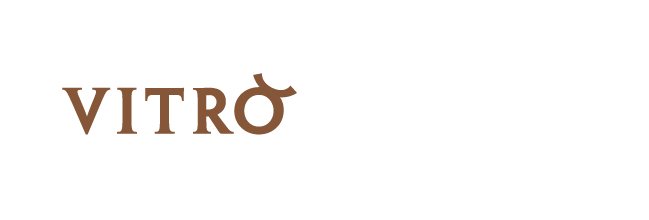Corpus Vitrearum Switzerland : historical stained glass windows from the public collections of the City of Geneva
La Ville de Genève possède une importante collection d’environ 400 vitraux, datant du XIIe au XXIe siècle, aujourd’hui majoritairement conservée au Musée Ariana, musée suisse de la céramique et du verre, et en partie exposée dans l’architecture du Musée d’art et d’histoire. Le noyau de celle-ci provient du Genevois Gustave Revilliod (1817–1890), qui a fait don de sa collection en 1890 à la Municipalité, augmentée depuis par de ponctuels legs, dons et achats, dont certains effectués lors de la prestigieuse vente Vincent qui s’était tenue en 1891 à Constance. La collection a fait l’objet de plusieurs inventaires ainsi que de ponctuelles études et expositions, mais aucune synthèse n’existait jusqu’à aujourd’hui de cet ensemble de qualité. Le projet de recherche, mené sous la direction de Valérie Sauterel, en collaboration avec AudeSpicher, toutes deux collaboratrices scientifiques du Vitrocentre Romont, a fait l’objet d’une étude exhaustive de cette collection encyclopédique, qui couvre non seulement près de neuf siècles d’histoire et de technique du vitrail européen mais dénombre également des œuvres, des artistes et des provenances de premier plan.
International conference
Collecting the Art of Light. Glass, Connoisseurship, and 19th-century Art Market : Find out more
Project duration: 2021–2025
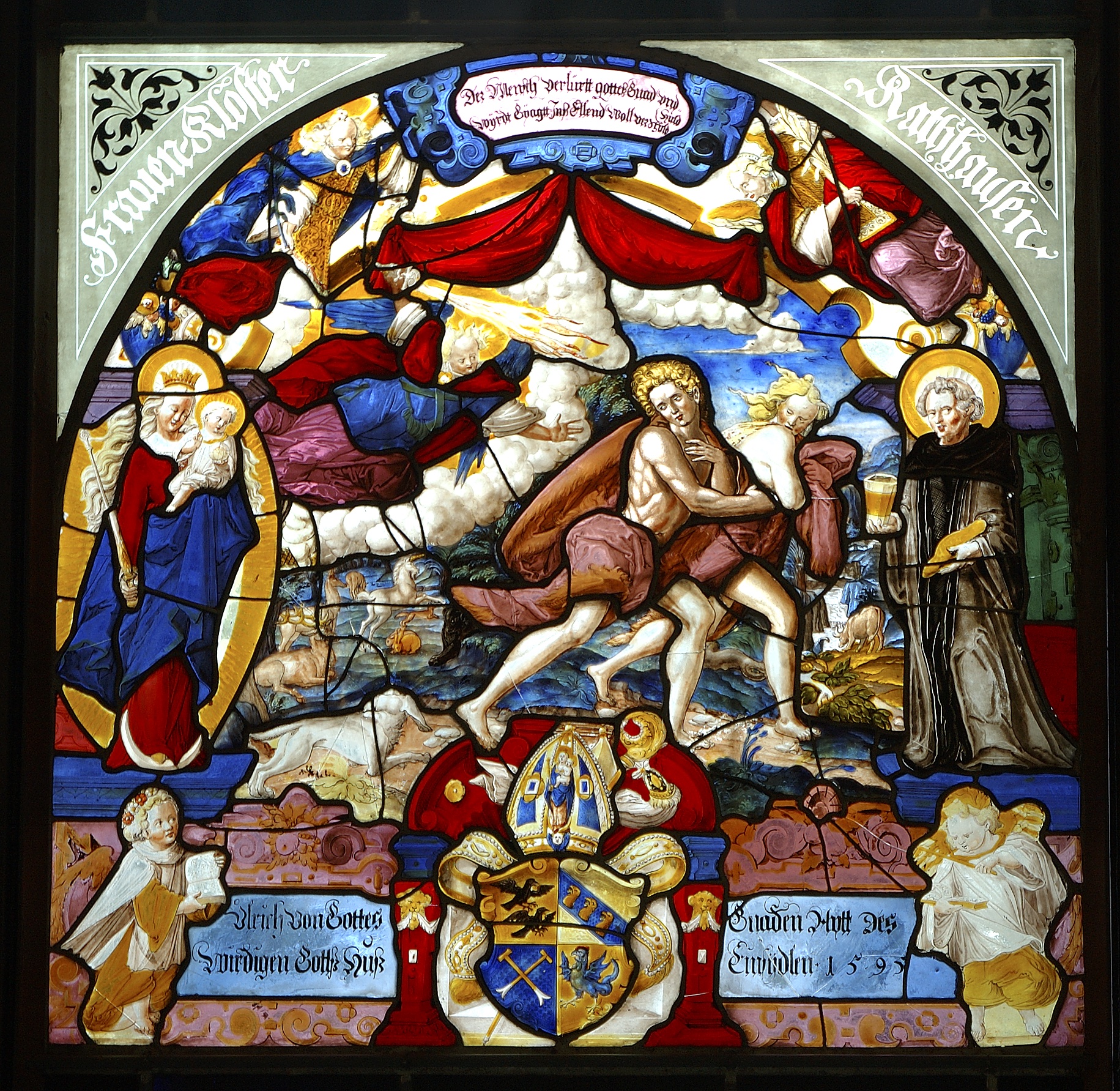
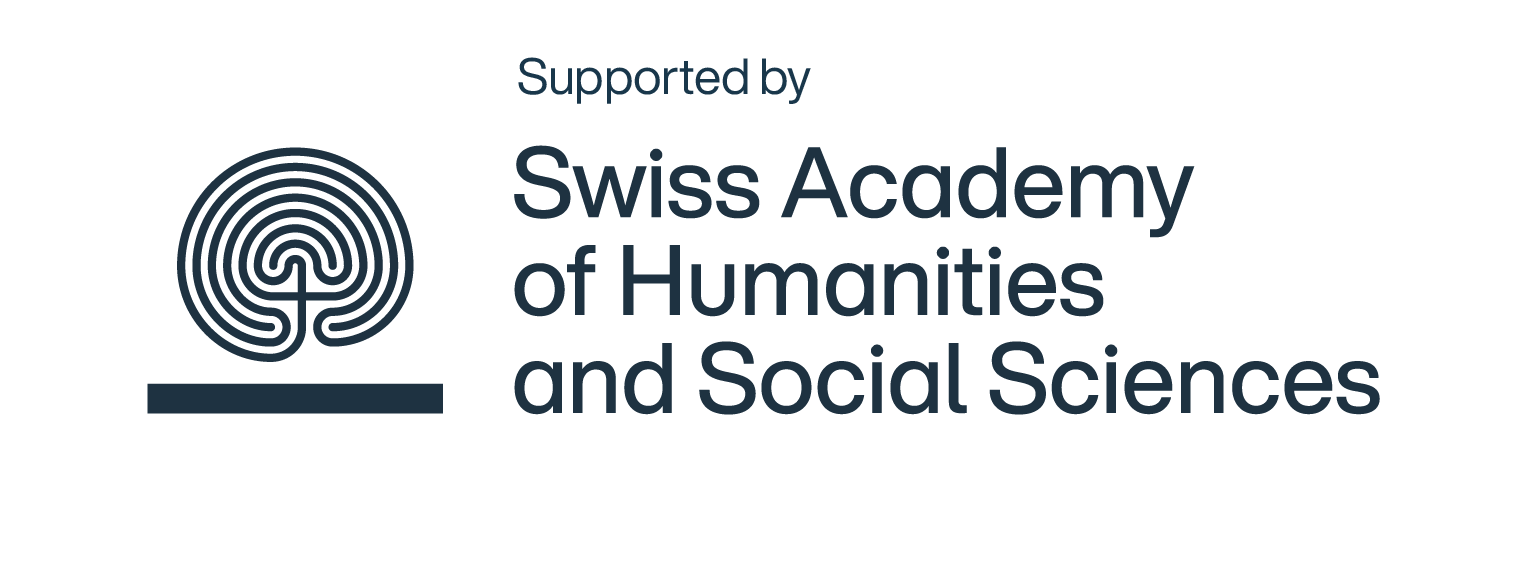
Project management
Valérie Sauterel
Collaborators
Aude Spicher (12th-18th centuries)
Valérie Sauterel (19th-21st centuries)
Karin von Wartburg (Data modelling)
Project partners
Musée Ariana
Université de Genève, Faculté des Lettres, Unité d’histoire de l’art, séminaire «MA1: Historiographie et méthodologie (Prof. Frédéric Elsig) »
Financing
UBS Culture Foundation
City of Geneva
Illustration
Franz Fallenter (1574–1612), Adam et Eve chassés du Paradis, 1595, H. 66,3 x L. 67,8 cm (en lumière), inv. AD 8631 © Musée Ariana, Genève.

